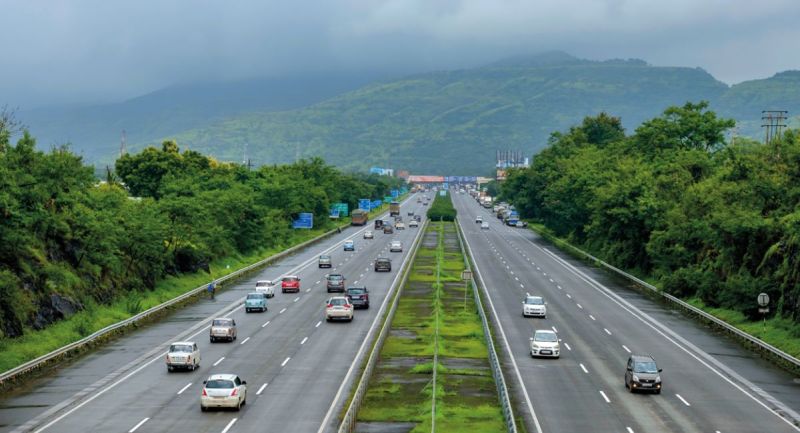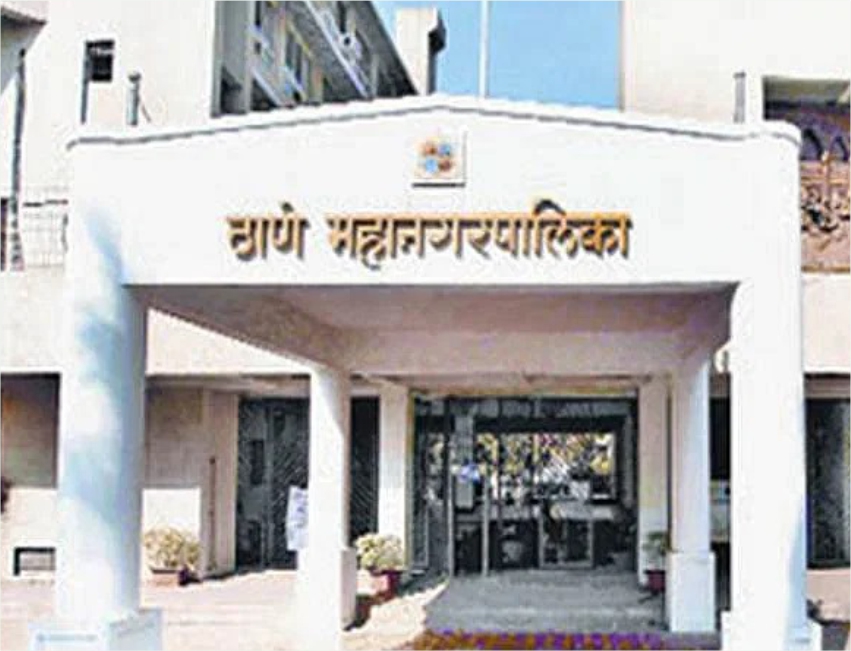New JNPA to Old Pune Highway set to transform Chirner village

- Anant Narangikar
- 10 Jan, 2025
To boost regional development
A new special highway linking Jawaharlal Nehru Port (JNPA) to the Old Pune Highway is expected to bring significant relief to the congestion in the Belapur, Kharghar, and Panvel areas, while paving the way for major economic growth in Chirner village. The National Highways Authority of India (NHAI) will construct this 29-kilometre stretch at an estimated cost of ₹2,900 crore, which will alleviate the heavy traffic burden caused by daily freight movements at the port.
JNPA, one of the country’s top five ports, sees over 5,000 containers and trucks heading towards Pune each day. Equally, a similar number of trucks come from the north towards Thane. These vehicles currently use the Thane-Belapur road or the Pune Expressway, leading to severe traffic congestion. The new highway aims to ease this issue, providing a dedicated route for freight traffic.
The highway, which will be constructed between Pagote near JNPA and Chowk on the Old Mumbai-Pune Highway, is expected to greatly improve connectivity and reduce travel time. Pagote, located on National Highway 348, connects Belapur to JNPA. The 29.219 km stretch will be mainly an elevated road, with surface roads and two tunnels. The highway will be six lanes wide and will span 60 metres in width, making it a high-capacity route.
Vehicles travelling from the south (towards Pune) will no longer need to travel through Panvel or Belapur, as they will be able to directly access JNPA. Similarly, vehicles coming from the north will bypass the traffic jams on the Thane-Belapur road, reaching JNPA directly in just 10 minutes via the Old Pune Highway.
Three major interchanges will be built on National Highway 348A, connecting the highway to Chirner, the Goa Highway, and the Mumbai-Pune Expressway. The highway will also be accessible to vehicles coming from Atal Setu near Chirner. Given that this is a completely new route, the project has been classified under ‘A’ category by NHAI, which signifies its importance.
With the anticipated boom in development, the Chirner area is seeing increased interest from private investors. These investors are focusing on acquiring land from local farmers, capitalising on the potential growth spurred by the new infrastructure.
Key Features of the Highway:
· Two tunnels: 1,900 metres and 1,570 metres in length
· Six major bridges: 910 metres, 220 metres, 230 metres, 600 metres, 440 metres, and 160 metres
· Construction duration: 30 months
· Land acquisition: 175 hectares
· Five small bridges
· Four flyovers
· Two road bridges




